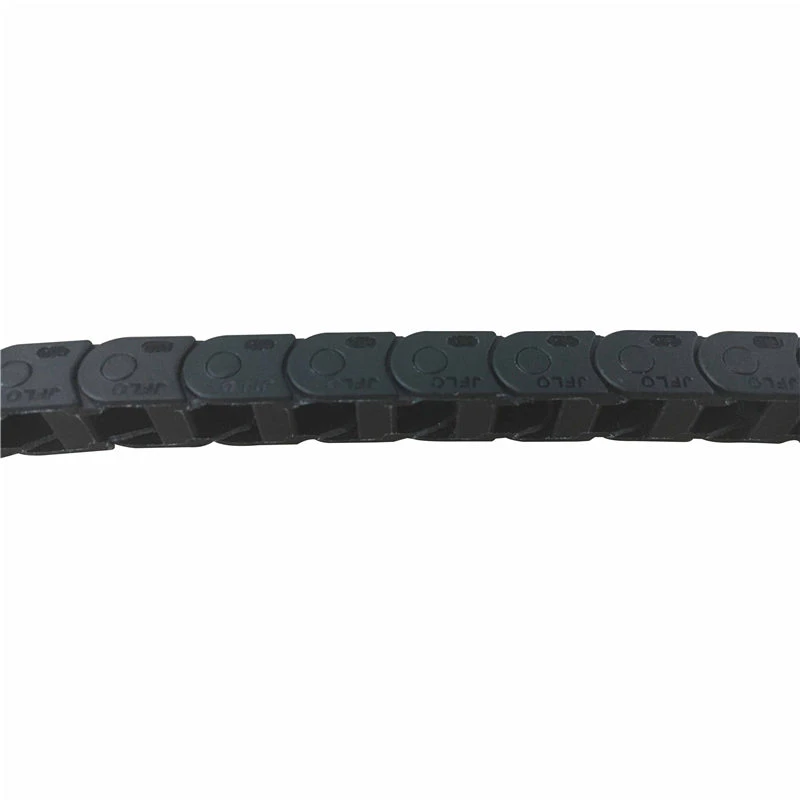cnc cable carrier
Understanding CNC Cable Carriers Essential Components for Smooth Operation
In the realm of CNC (Computer Numerical Control) machining, efficiency and precision are paramount. One vital component that plays a crucial role in the seamless operation of CNC machines is the cable carrier, often referred to as a drag chain. These systems are designed to protect and manage the cables and hoses that are essential for machine functionality, ensuring that everything operates smoothly without interruption.
What is a CNC Cable Carrier?
A CNC cable carrier is a protective housing that allows cables and hoses to move freely while preventing wear and tear from mechanical movements. When CNC machines operate, various motors and tools require power and communication cables as well as fluid lines for cooling and lubrication. Without a proper cable management system, these cables could become tangled, damaged, or pinched, leading to potential machine failure.
Cable carriers are typically constructed from durable materials such as nylon, polyurethane, or steel, making them resilient against harsh industrial environments. They are designed in a modular fashion, allowing for easy customization and flexibility to cater to different CNC machines and setups.
Benefits of Using CNC Cable Carriers
1. Protection One of the primary benefits of using cable carriers is their ability to protect cables and hoses from abrasion, cuts, and exposure to contaminants. This is particularly important in environments where metal shavings, chips, or other debris are prevalent.
2. Organization Cable carriers provide a structured way to organize electrical cables and hydraulic hoses. By keeping everything in place, they reduce the risk of entanglement and provide better accessibility for maintenance or repairs.
3. Enhanced Mobility The design of cable carriers allows for unimpeded movement of cables as the machine operates. This is particularly important in CNC applications where linear motion systems, such as gantries or multi-axis machines, are in constant motion.
4. Extended Lifespan By minimizing wear and tear on cables and hoses, cable carriers can significantly extend the lifespan of these components. This leads to reduced downtime and lower maintenance costs, contributing to overall operational efficiency.
cnc cable carrier

5. Safety By keeping cables and hoses neatly organized and out of the way, cable carriers can help prevent trips and falls in the workshop. This adds an essential layer of safety in environments that are often busy and filled with various equipment.
Applications of CNC Cable Carriers
CNC cable carriers are employed in numerous applications across various industries. They are widely used in
- CNC Machining Centers These systems provide essential cable management in CNC milling machines, lathes, and routers, ensuring that power, control, and coolant lines are appropriately organized and protected.
- Robotic Systems In robotic arms and automated systems, cable carriers are crucial for managing power and signal cables, allowing for full freedom of movement without risking damage to the electrical components.
- 3D Printers The intricate movements of 3D printers benefit significantly from cable carriers, which help maintain a clean workspace while ensuring that all necessary electrical lines are properly secured.
- Material Handling Equipment In systems like conveyor belts and automated guided vehicles (AGVs), cable carriers help maintain the efficiency of power and control systems, allowing for smooth operation.
Conclusion
In summary, CNC cable carriers are an essential component in the successful operation of CNC machines and other automated systems. They offer protection, organization, mobility, extended lifespan for cables, and improved safety in the workplace. As industries continue to evolve towards greater automation and precision, the importance of effective cable management solutions like cable carriers will only increase. Investing in quality cable carriers is not just about maintaining the integrity of the cables; it’s about enhancing the overall efficiency and safety of CNC operations.








